Most North Shore residents have a favorite Route 1 sign. There’s the Leaning Tower of Pizza, a quirky replica of the Italian landmark that still stands above Prince Pizzeria. Or the world-famous orange dinosaur of Route 1 Miniature Golf & Batting Cages, a North Shore mainstay until it closed in 2016.
But for Gloucester artist and photographer Tricia O’Neill, the pièce de résistance was the old Hilltop Steak House’s 68-foot-tall cactus and saloon sign. O’Neill was 10 years old when she and her parents first pulled up to the Saugus restaurant’s iconic marker. To them, that kooky ad symbolized something more.
“I remember going there, and it seemed fancy for my Irish immigrant family,” says O’Neill, whose father, Patrick, was a talented artist and laborer in the local painters’ union. “I was always looking at that sign.”
Today, O’Neill is a renowned sign artist whose works have become Boston landmarks in their own right. Her company, Signs Unique, created the Gulf and Granite City Electric murals on Fenway Park’s Green Monster, as well as the famed mural of David Ortiz outside the State Street Pavilion. She also painted the Dropkick Murphys’ South Boston mural for the band’s “Sing Loud, Sing Proud!” album cover. (Her late father, who O’Neill says was her inspiration, helped paint the Boston pieces.)
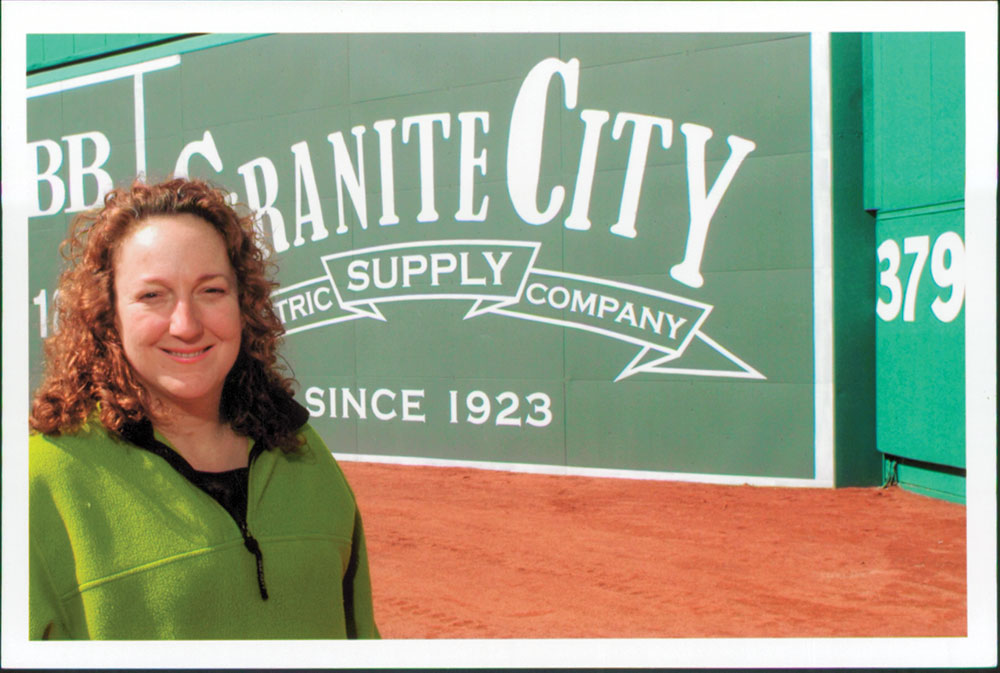
Photo by Cindy M. Loo/The Boston Red Sox
Now, the 55-year-old is immortalizing Route 1’s classic sign art for a project titled “Sign Language.” The three-year venture will take her 2,300 miles down the coast, from Fort Kent, Maine, to Key West, as she photographs the handmade signs and businesses that once epitomized the American Dream and our national obsession with the open road.
“The relationship between the signs and the road is compelling,” says O’Neill. “Route 1 has faded in glory, along with its handmade signs. Visually, I’m drawn to them. I like photographing dilapidation, age, and visible history.”
The U.S. Route 1 corridor opened in the 1920s and comprised a vast network of main streets and back roads formerly known as the Atlantic Highway. As the auto industry boomed, the highway became drivers’ preferred East Coast route, and mom-and-pop shops saw opportunities to woo road-weary travelers.
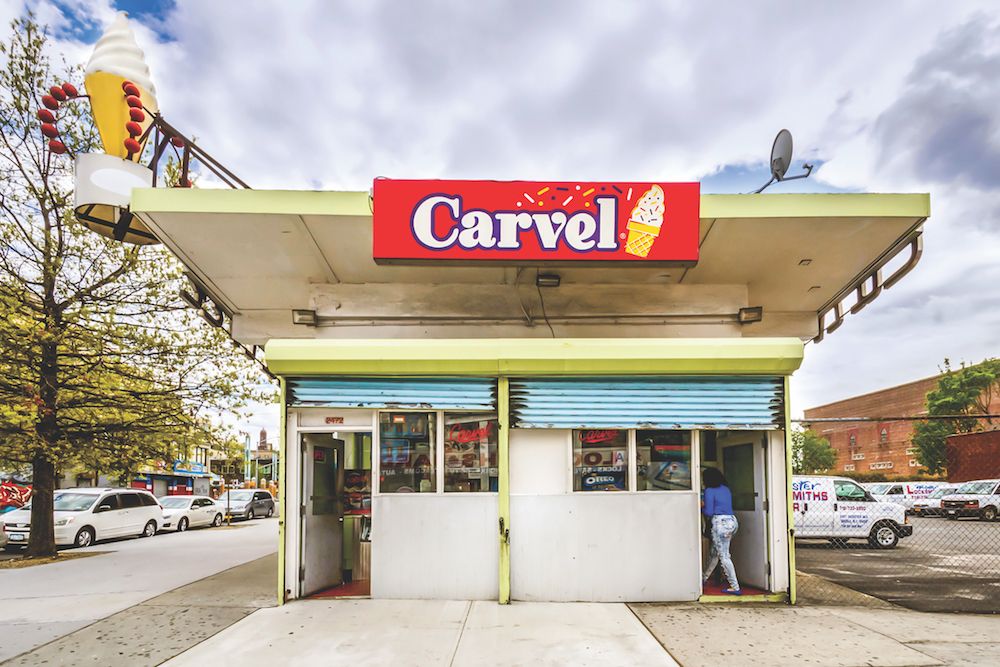
Handmade signs sprouted along the highway’s flanks, each attempting to outdo the next as they sold everything from burgers to vacuums. As much art as advertising, the signs expressed their owners’ personal flair and the local culture, from Yankee New England to the Deep South.
Yet even in its heyday, sign art was underappreciated, says O’Neill. That’s something she hopes to counter with her project.
“It doesn’t get the status it should,” she says. “It’s the divide between fine and practical art. Being relegated to a trade instead of art is just classist.”
Still, O’Neill admits that handmade sign-making is a “dying art,” a trend that is partly due to the evolution of American travel and business. In the 1970s, Interstate 95 replaced Route 1 as drivers’ throughway of choice. The broad lanes and direct route made for speedier travel than Route 1’s circuitous path through cities and rural back roads. At the same time, the rise of big-box stores and chain retailers meant stiff competition for family-owned businesses.
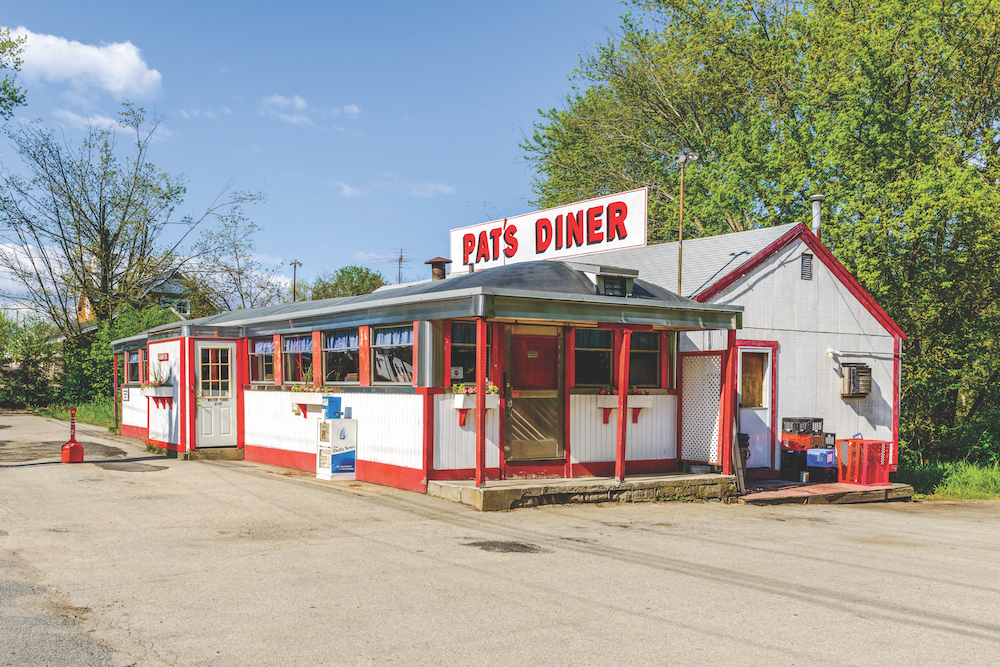
Today, some of Route 1’s handmade signs still stand above thriving independent stores, defiant stalwarts in a sea of strip malls. Others sit in various stages of decay. All of them reflect an art and way of life that have all but vanished behind a wave of globalization.
Jim Dow knows that slice of Americana well. A fine art photography professor at Tufts University and the School of the Museum of Fine Arts, Dow was O’Neill’s instructor when she earned her BFA in 2007. His own body of work often focuses on the highways and byways of American travel. In photographs at once commonplace and poignant, Dow captures the signs, bars, and restaurants that line some of the country’s oldest auto trails: Routes 2, 10, and 20 and the Dixie Highway. What might seem mundane to passersby, he says, can be “as much of a visual statement as anything.”
“These are places where people make their mark,” says Dow. “Route 1 takes you through all these cultural markers, through Philly, Washington, Baltimore, through the first cotton field as you pass from Virginia into North Carolina. If you drive through New Jersey, you feel like you’re in Tony Soprano’s house. It’s an amazing visual journey.”
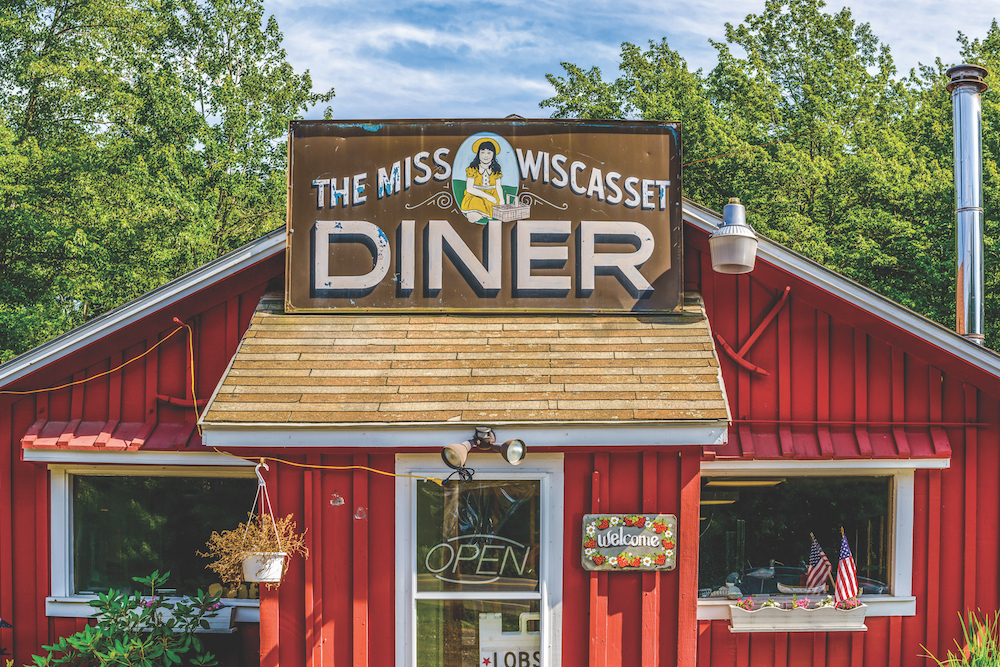
O’Neill has already documented about a third of that journey, including most of the Northeast corridor. It was in Ewing, New Jersey, that she encountered one of the more memorable stops on her itinerary, Trenton Meat Farms. The meat shop’s name is written in boxed blue letters across its plain white façade, with a hand-painted cow and pig above the doors.
Jimmy Jackson, the shop’s 73-year-old owner, has run Trenton Meat Farms for 43 years. It’s one of the oldest African-American–owned businesses in Trenton, he says. Although the shop feels the squeeze from big retailers, Jackson notes that many shoppers “feel lost in the big stores and still like this kind of business.”
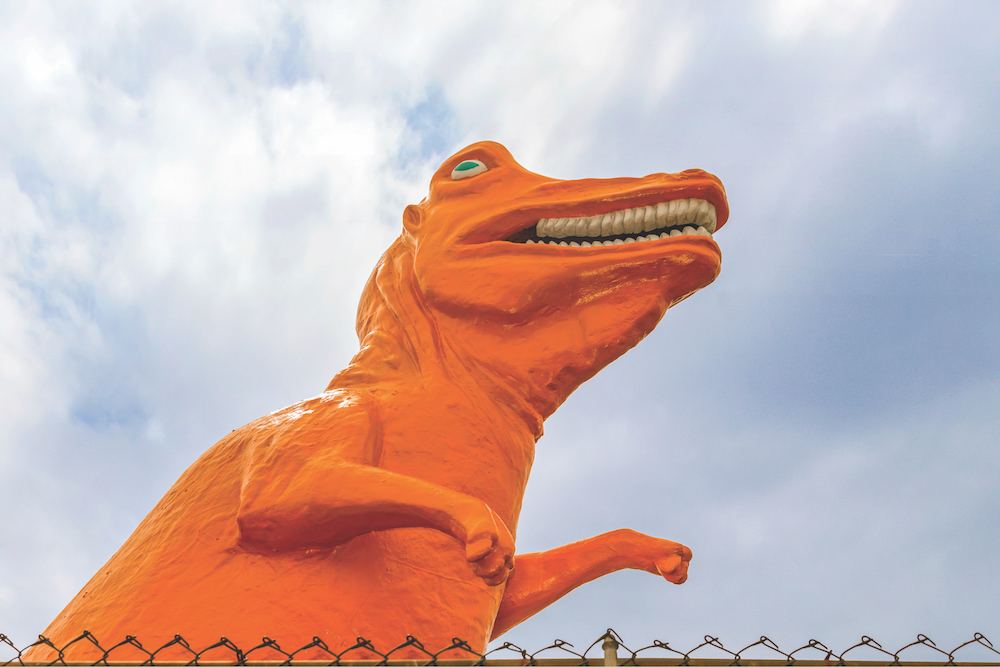
The bigger challenge for Trenton Meat Farms and other black-owned businesses has been the banks. Despite more than four decades in business, Jackson could not get a line of credit until 2014. That meant he often ran out of product for customers and could not expand or hire more black youth, something he sees as vital to decreasing crime in the area.
“It’s one of the main reasons these businesses close down,” says Jackson. “They can’t get financing. I was just fortunate enough to survive all these years by the grace of God.”
With a small line of credit now available, the shop owner plans to expand his store and pass the business to his grandchildren, who are already experienced behind the counter.
“I’m not going to be a Walmart, and that’s OK, but at least I can do something that inspires,” he says.
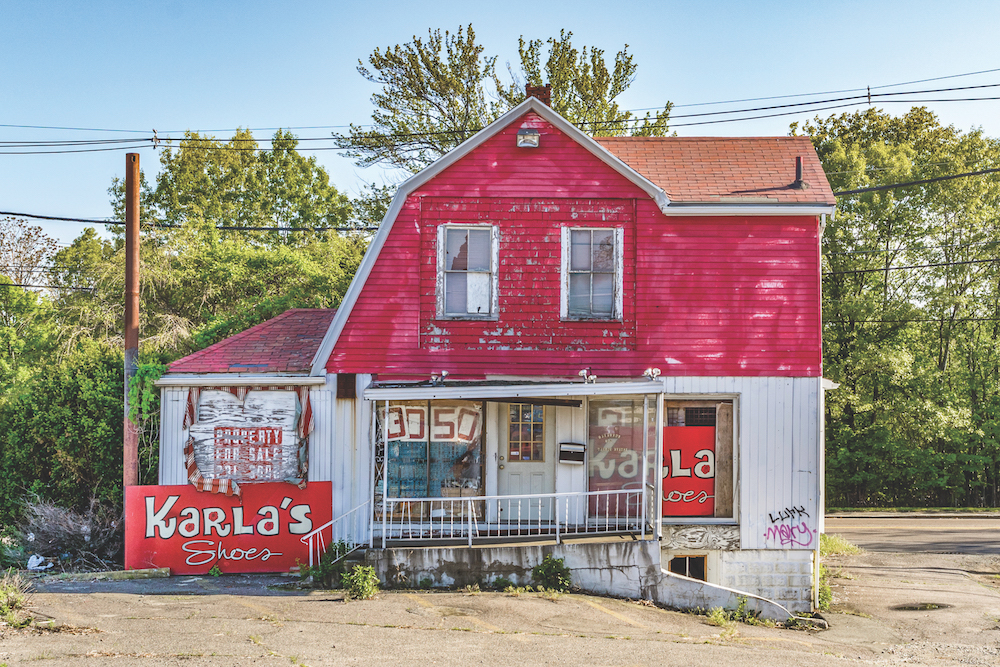
Closer to home, O’Neill photographed the classic sign of another Route 1 family business, Route 1 Miniature Golf & Batting Cages. Nick Melchionna and his wife, Florence, built the Saugus destination in 1958. Two years later, a South Boston shop built the golf course’s famous giant orange dinosaur as a kid-friendly centerpiece, a timeless companion to the neon gas sign that lit up the sky above the highway.
Melchionna’s niece, Diana Fay, took over the business with her husband in 1979. She still remembers when Route 1 was a two-lane divided highway, and the road and its businesses were more like a neighborhood than a major throughway.
These days, though, the sign that once drew families from across the region has gone dark. Last year, as the Fays were eyeing retirement, a developer made an offer they could not refuse. (The developer promised to keep and display the orange dinosaur.)
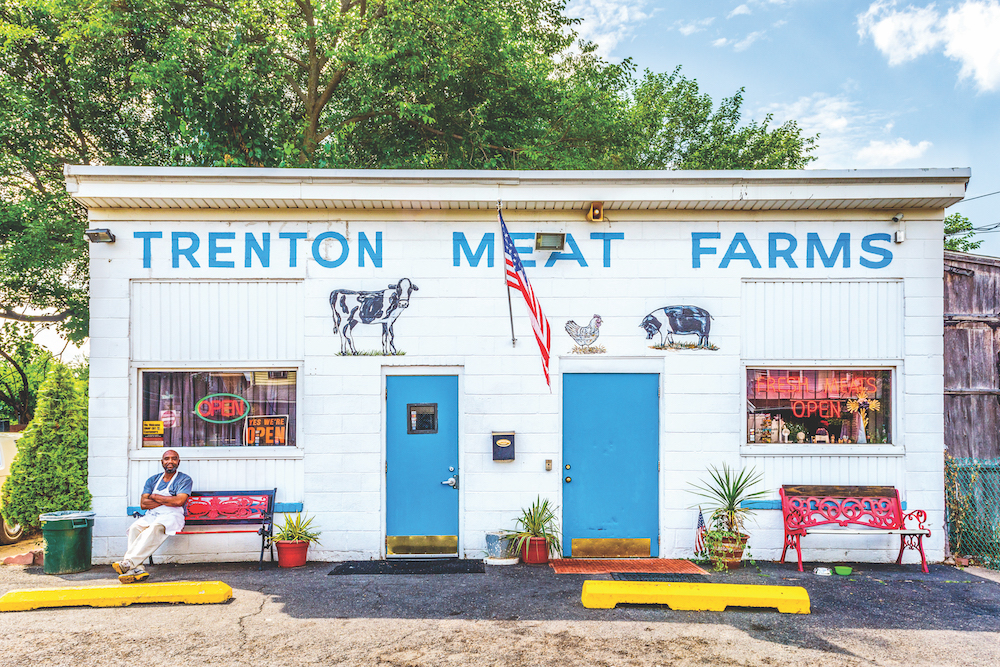
Looking back, Fay says that despite the encroachment of big business, the golf course was always busy. It’s a fact she attributes to putting families and community above profits, which, like the old flashing sign, is about as classic as it gets.
“We weren’t corporate America,” says Fay. “We did it successfully, we had a good life, and we added something to the community.”
That sentiment is part of the American ideal captured in O’Neill’s project, and it’s integrally tied to the art she’s trying to keep alive.
“I think about the people who worked on these signs,” says O’Neill, “about the creativity and labor. And I think about the people who worked in these places.”
